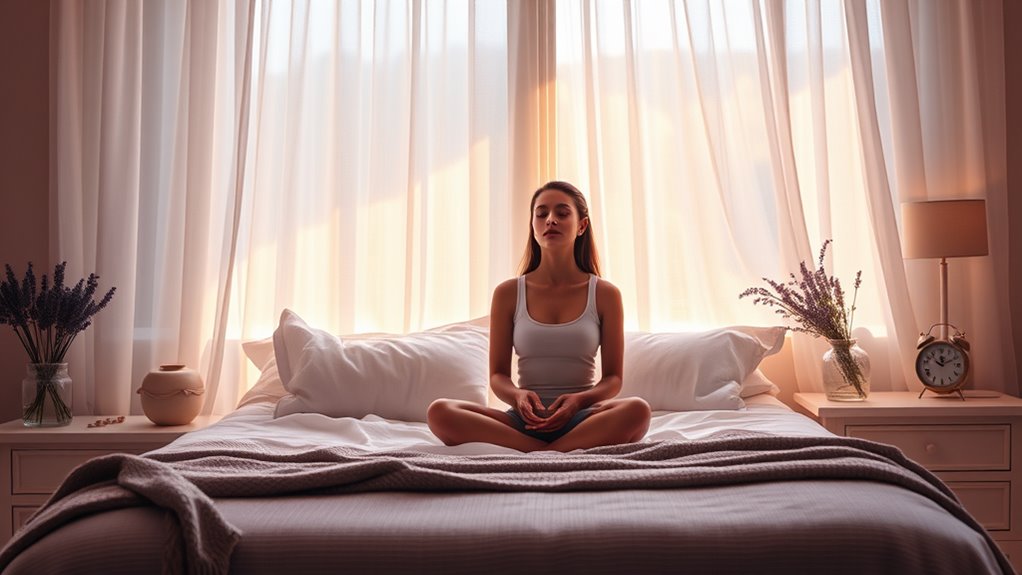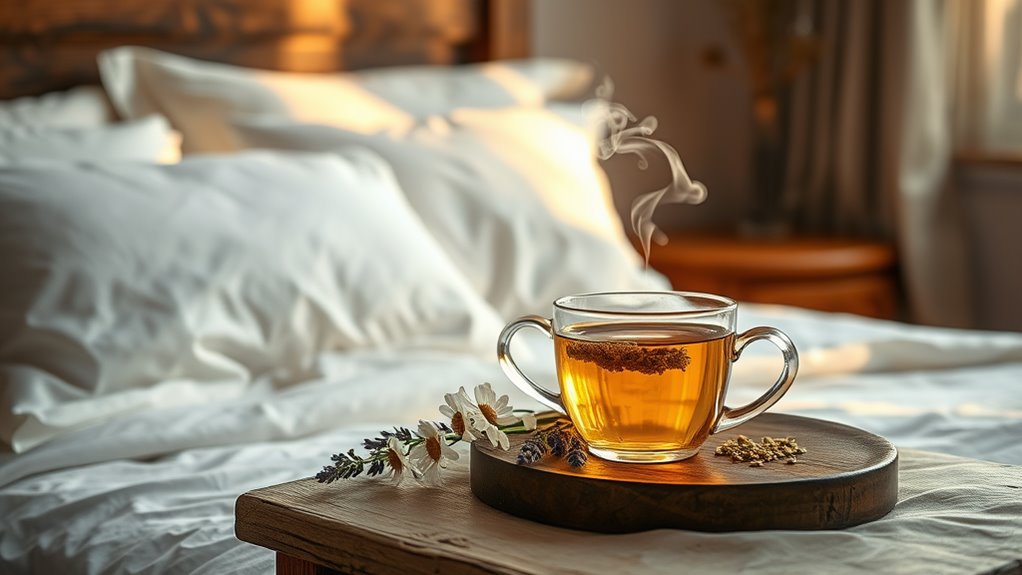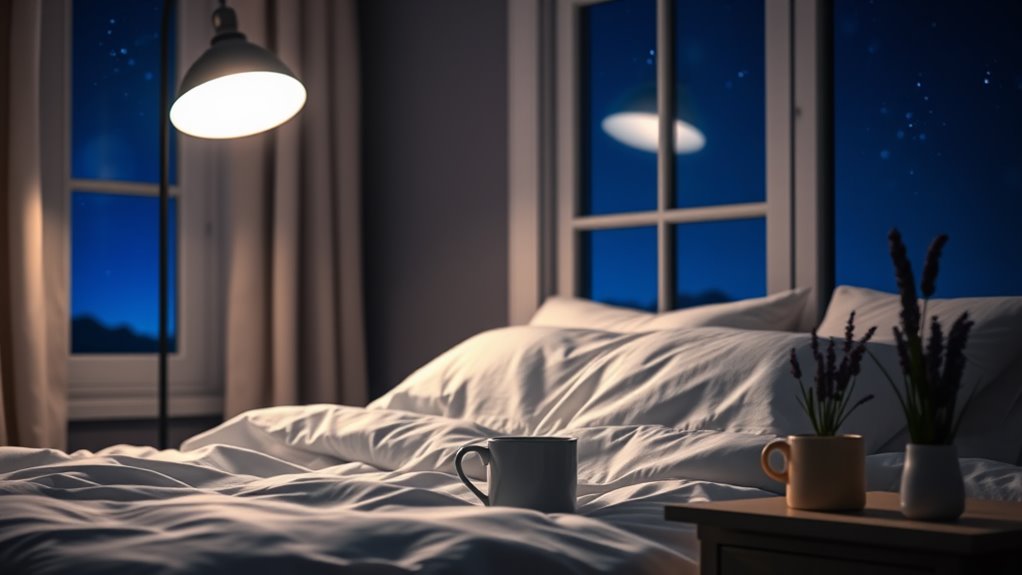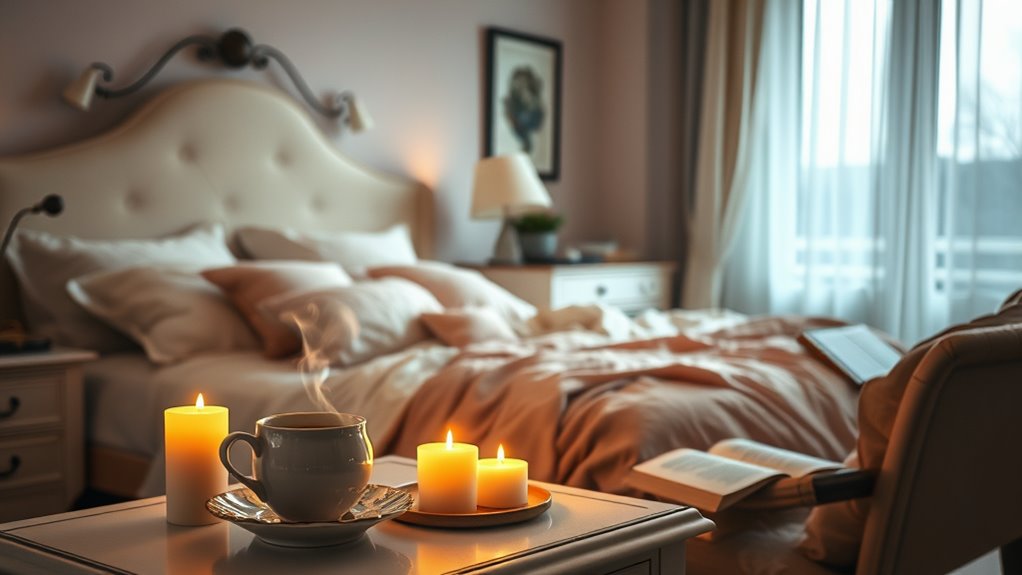This 10-Second Trick Will Help You Fall Asleep Instantly!
Have you ever struggled to fall asleep, tossing and turning as the minutes tick by? This 10-second trick can transform your bedtime routine. By guiding your mind and body into a relaxed state, you can improve your chances of drifting off quickly. But what steps do you need to take, and how does this technique work? Let’s explore the details that can make a significant difference in your nightly rest.
Understanding the 10-Second Sleep Technique
If you’ve ever tossed and turned at night, the 10-Second Sleep Technique might just be your solution. This quick method can become your go-to for those restless evenings when sleep seems elusive.
Imagine having the quickest way to fall asleep right at your fingertips. It’s all about training your mind and body to relax in an instant, creating a sense of calm that’s often hard to find.
You’re not alone in your struggle; many people crave that peaceful slumber and a sense of belonging to a community that understands.
The beauty of this technique lies in its simplicity and effectiveness, allowing you to connect with others who’ve experienced the same frustrations. By mastering this technique, you can join the ranks of those who’ve unlocked the secret to a restful night, transforming your evenings from anxious to serene in just ten seconds. Additionally, incorporating practices like the 4-7-8 breathing method can enhance your relaxation and improve your overall sleep quality.
Step-by-Step Guide to Implementing the Technique
To effectively implement the 10-Second Sleep Technique, start by finding a comfortable position in your bed.
Lay on your back or side—whatever feels right for you. Close your eyes and take a moment to let go of your day’s worries. Focus on relaxing every muscle in your body, from your toes to your head.
Once you’re relaxed, count down from 10 to 1, visualizing each number as you breathe slowly. Picture yourself sinking deeper into your mattress with each count.
If your mind wanders, gently bring your focus back to the numbers. This technique creates a sense of calm, helping you feel connected to the present moment. Incorporating environmental adjustments can also enhance your sleep quality by creating a more restful atmosphere.
Trust the process; it’s okay to feel a bit restless at first. Just remember, you’re part of a community seeking better sleep.
Keep practicing, and soon you’ll find it easier to drift off in just 10 seconds.
Breathing Exercises for Enhanced Relaxation
As you settle into your relaxation routine, incorporating breathing exercises can significantly enhance your ability to unwind.
These simple techniques allow you to connect with your body and mind, creating a sense of belonging within yourself.
Here are a few effective breathing exercises to try:
-
Deep Belly Breathing: Inhale deeply through your nose, allowing your belly to expand, then exhale slowly through your mouth.
-
4-7-8 Technique: Breathe in for 4 seconds, hold for 7, and exhale for 8 seconds to calm your mind.
-
Box Breathing: Inhale for 4 seconds, hold for 4, exhale for 4, and pause for another 4.
-
Alternate Nostril Breathing: Balance your energy by closing one nostril and alternating breaths.
-
Mindful Breathing: Focus solely on your breath, letting go of distractions.
Incorporating these techniques into your routine can promote instant anxiety relief and improve overall well-being.
The Role of Muscle Relaxation in Sleep
Muscle relaxation plays a crucial role in achieving restful sleep. When your muscles are tense, they can create a barrier to falling asleep, leaving you tossing and turning. By consciously relaxing your muscles, you signal to your body that it’s time to unwind and embrace rest.
You can start this process by focusing on specific muscle groups, like your shoulders or legs. As you breathe deeply, imagine each muscle melting away tension. It’s a simple yet powerful way to connect with your body and foster a sense of belonging to the soothing rhythm of relaxation. Additionally, incorporating techniques like 4-7-8 breathing can further enhance your ability to calm your mind and body before sleep.
Incorporating muscle relaxation into your bedtime routine can enhance your overall sleep quality. You’re not alone in this journey; many find that letting go of physical tension leads to a peaceful night’s sleep.
Scientific Evidence Behind the Technique’s Effectiveness
While many people swear by muscle relaxation techniques for falling asleep, scientific research backs up their effectiveness. Studies show that these methods can reduce anxiety and promote a sense of calm, making it easier for you to drift off.
Here are some key findings you might find reassuring:
-
Muscle relaxation decreases your heart rate, preparing your body for rest.
-
It lowers cortisol levels, reducing stress and anxiety.
-
Engaging in this practice can enhance overall sleep quality.
-
Research indicates that muscle relaxation contributes to faster sleep onset.
-
Many individuals report feeling more refreshed and alert after using these techniques.
-
Incorporating lavender’s power through methods like aromatherapy can further enhance the calming effects of muscle relaxation.





